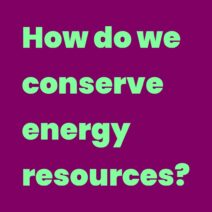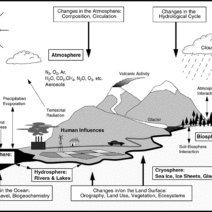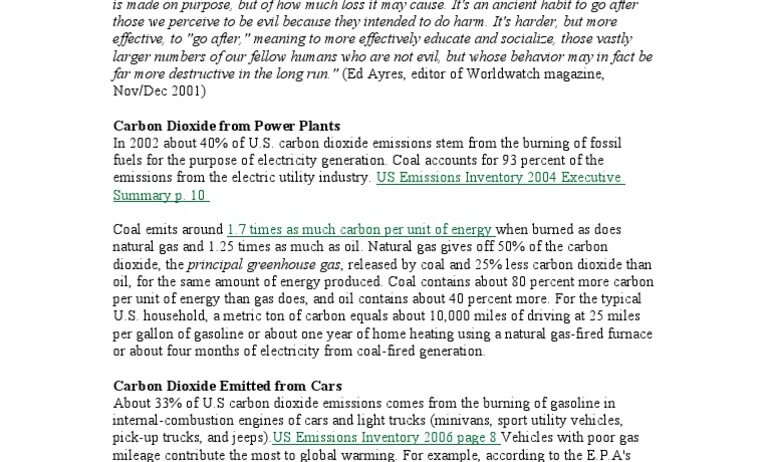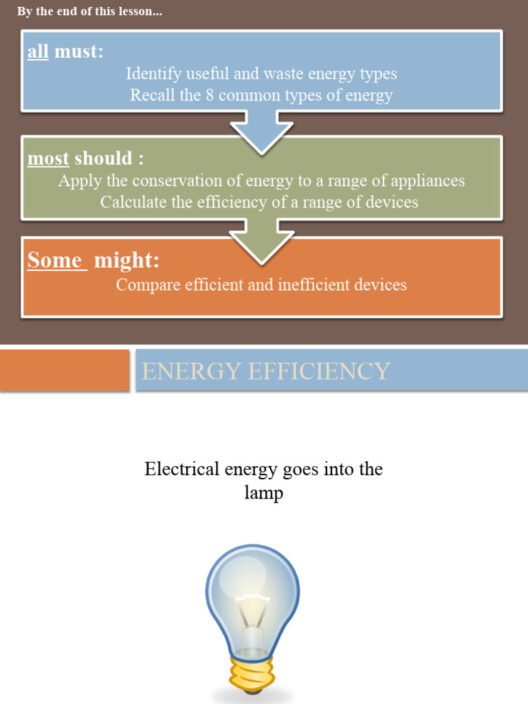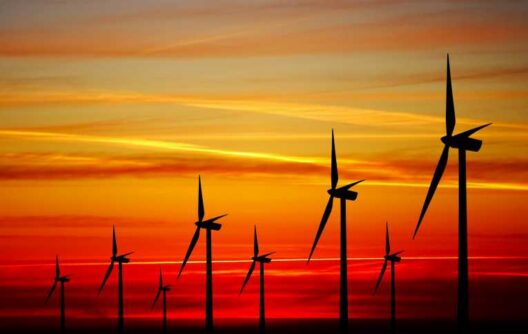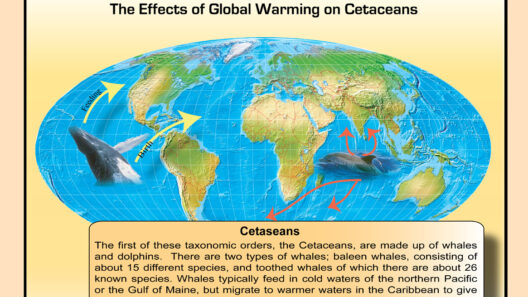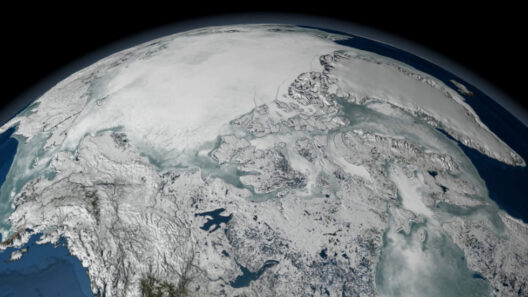What would happen if the Earth were a giant thermometer? As we navigate through the whirlwind of changing climates, it becomes increasingly essential to identify the predominant assailants contributing to our planet’s rising temperatures. In this discourse, we will delve into the major factors driving global warming, unraveling the complex tapestry of human activity, natural processes, and their consequential impact on our environment.
At the heart of this discussion lies an undeniable truth: human actions are the primary catalysts for modern climate change. However, interaction with natural systems also plays a pivotal role, creating a multifaceted dilemma. Let’s explore the key contributors that are stoking the flames of a warming planet.
Emissions and Carbon Footprint: The Unsustainable Saga
The infamous greenhouse gases (GHGs) are often regarded as the villains in our climate narrative. Chief among them is carbon dioxide (CO2), emitted predominantly through the combustion of fossil fuels in transportation, energy production, and industry. The Industrial Revolution marked the dawn of widespread fossil fuel utilization, triggering a substantial upsurge in CO2 levels. Current statistics reveal that atmospheric CO2 concentrations have exceeded 400 parts per million, a level unprecedented in the Earth’s history.
While CO2 steals the spotlight, other GHGs such as methane (CH4) and nitrous oxide (N2O) contribute significantly to the greenhouse effect. Methane, emitted during the extraction of fossil fuels and agriculture—especially from livestock and rice paddies—exhibits a potency more than 25 times that of carbon dioxide over a century. Nitrous oxide, stemming predominantly from agricultural practices, is another formidable player, boasting a global warming potential nearly 298 times greater than CO2.
This intricate interplay of GHG emissions creates an insurmountable challenge: how can we drastically reduce our carbon footprints, while accommodating the demands of development and economic growth?
Deforestation: The Silent Thief of Oxygen
Turning our gaze toward natural contributions, deforestation emerges as a dire factor exacerbating climate change. Forests act as invaluable carbon sinks, absorbing CO2 and providing oxygen in return. Tragically, when trees are felled, the stored carbon is released, contributing heftily to global warming. The World Wildlife Fund estimates that approximately 18 million acres of forest are lost each year, an area equivalent to the size of Panama.
Moreover, deforestation disrupts local ecosystems, leading to a cascade of biodiversity loss. Many species are pushed to the brink of extinction due to habitat destruction, thereby undermining ecological balance. This reality poses a rather challenging question: how can we balance human needs with the necessity of preserving our forests, which serve as the lungs of our planet?
Industrialization and Urbanization: The Double-Edged Sword
As nations industrialize and urbanize, the impact on the environment becomes increasingly pronounced. The growth of cities brings with it intensified energy consumption, increased vehicular emissions, and a plethora of waste. Urban areas, often referred to as “heat islands,” capture and retain warmth due to their dense construction materials and a lack of greenery. This leads to elevated temperatures in urban locales, further contributing to regional warming.
The construction industry, while vital for societal development, is another major offender. The production of concrete and steel is energy-intensive and results in considerable GHG emissions. As cities strive to expand and accommodate growing populations, it begs the question of how we can evolve our urban landscapes sustainably, embracing innovative solutions such as green architecture and efficient public transportation systems.
Climate Feedback Loops: The Devil’s Advocate
The concept of feedback loops introduces a layer of complexity to our understanding of climate dynamics. For instance, as polar ice caps melt due to warming temperatures, less sunlight is reflected away from the Earth’s surface, leading to further heating. This melting creates an insidious cycle: warmer oceans reduce the ability of marine ecosystems to absorb CO2, exacerbating the greenhouse effect.
The thawing of permafrost also unveils significant quantities of methane, further amplifying the challenges presented by climate change. Such feedback mechanisms signal the urgent need for comprehensive strategies to mitigate and adapt to an ever-changing climate, leading us to ponder: how can we interrupt these feedback loops and forge a more resilient future?
Renewable Energy: The Hopeful Horizon
Despite the daunting challenges posed by global warming, hope remains steadfast in the form of renewable energy. Solar, wind, and hydroelectric power present viable alternatives to fossil fuels, significantly reducing greenhouse gas emissions. The transition toward renewable energy sources not only addresses the urgent need for sustainability but also presents an economic opportunity for innovation and job creation.
Governments and organizations are increasingly investing in renewable technologies, fostering a collective ambition to combat climate change. The challenge now lies in accelerating this transition while ensuring energy equity and affordability for all. How might we galvanize action towards a greener, more sustainable global economy?
In conclusion, the intricate interplay of human activities, natural processes, and systemic feedback loops complicates the narrative of global warming. Acknowledging the key contributors is an essential step in championing actionable solutions. It is imperative that individuals, communities, and governments alike initiate a comprehensive re-evaluation of our practices. Only then can we hope to stem the tide of rising temperatures and safeguard the health of our planet for generations to come.

